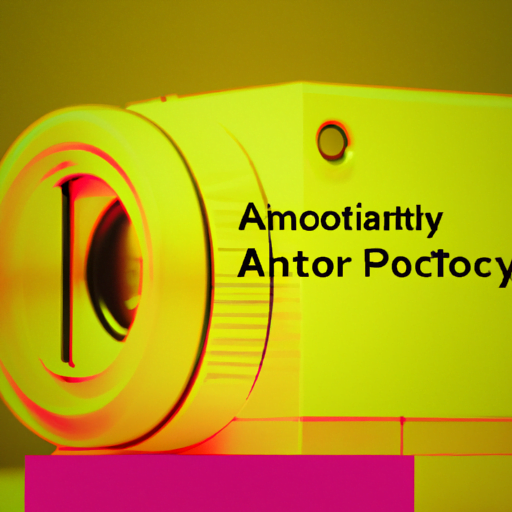
-
Table of Contents
The Role of Futuristic Design in Science and Technology Industries

In today’s rapidly evolving world, science and technology industries are constantly pushing the boundaries of what is possible. As new discoveries and innovations emerge, the need for futuristic design becomes increasingly important. Futuristic design not only enhances the aesthetics of products and services but also plays a crucial role in shaping the future of science and technology industries. This article explores the significance of futuristic design in these industries and highlights its impact on innovation, user experience, and sustainability.
Innovation: Creating the Future
Futuristic design is closely intertwined with innovation in science and technology industries. It involves envisioning and creating products, services, and systems that go beyond the current state of technology. By embracing futuristic design principles, companies can drive innovation and stay ahead of the competition.
One notable example of futuristic design driving innovation is Tesla, the electric vehicle manufacturer. Tesla’s sleek and futuristic designs have revolutionized the automotive industry, challenging the traditional notion of what a car should look like. The company’s Model S, with its aerodynamic curves and minimalist interior, not only sets it apart from other electric vehicles but also captures the imagination of consumers.
Futuristic design also plays a crucial role in the development of emerging technologies such as virtual reality (VR) and augmented reality (AR). Companies like Oculus and Magic Leap are pushing the boundaries of design to create immersive and futuristic experiences. Their headsets and devices not only provide cutting-edge technology but also incorporate sleek and futuristic designs that enhance the user experience.
User Experience: Bridging the Gap
Futuristic design goes beyond aesthetics; it also focuses on improving the user experience. In science and technology industries, user experience is a critical factor in the success of products and services. Futuristic design principles help bridge the gap between humans and technology, making complex systems more intuitive and user-friendly.
Apple, known for its innovative products, has consistently embraced futuristic design to enhance user experience. The iPhone, with its minimalist design and intuitive interface, revolutionized the smartphone industry. By prioritizing simplicity and ease of use, Apple created a device that appealed to a wide range of users, regardless of their technical expertise.
Another example of futuristic design improving user experience is the Nest Learning Thermostat. Nest, a subsidiary of Google, designed a thermostat that learns users’ preferences and adjusts the temperature accordingly. Its sleek and futuristic design not only makes it visually appealing but also enhances the overall user experience by providing a seamless and intuitive interface.
Sustainability: Designing for the Future
Futuristic design also plays a crucial role in promoting sustainability in science and technology industries. As the world grapples with environmental challenges, companies are increasingly focusing on creating products and services that are environmentally friendly and sustainable. Futuristic design principles can help achieve these goals by incorporating sustainable materials, energy-efficient technologies, and innovative solutions.
Tesla’s commitment to sustainability extends beyond its electric vehicles. The company’s solar roof tiles, designed to seamlessly integrate with existing architecture, are a prime example of futuristic design promoting sustainability. These tiles not only generate clean energy but also enhance the aesthetics of buildings, making renewable energy more accessible and appealing to consumers.
Another example of futuristic design promoting sustainability is the development of vertical farming systems. These systems, designed to maximize crop yield in limited spaces, incorporate advanced technologies such as hydroponics and LED lighting. By embracing futuristic design principles, vertical farming systems can revolutionize agriculture, reducing the environmental impact of traditional farming methods.
Conclusion
Futuristic design plays a pivotal role in shaping the future of science and technology industries. By driving innovation, enhancing user experience, and promoting sustainability, futuristic design principles enable companies to create products and services that go beyond the current state of technology. From Tesla’s sleek electric vehicles to Apple’s intuitive devices, futuristic design has transformed industries and captured the imagination of consumers.
As science and technology continue to advance, the role of futuristic design will become even more critical. By embracing futuristic design principles, companies can stay at the forefront of innovation, create user-friendly experiences, and contribute to a more sustainable future. The marriage of science, technology, and design holds immense potential, and it is through futuristic design that this potential can be fully realized.
